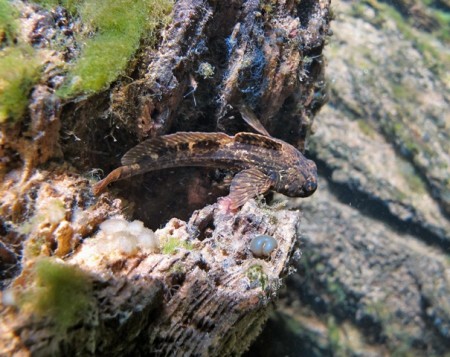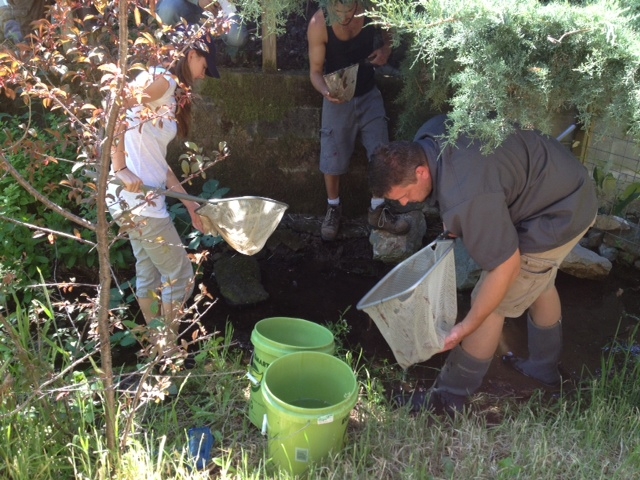Stanford University News

The fate of the Sacramento-San Joaquin Delta is a notorious issue in California. As both the source of half of California's water and a sensitive, threatened ecosystem, it's been a bone of contention between environmentalists and industry for decades. In an attempt to address the problem, Gov. Jerry Brown's administration will unveil a new management and restoration plan later this year... Read more >









